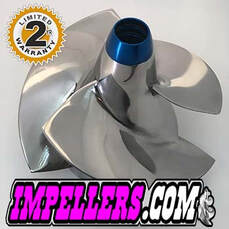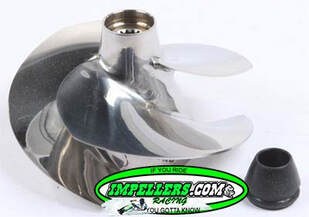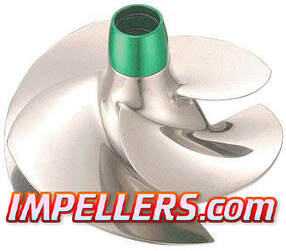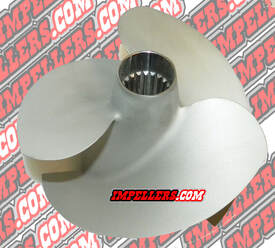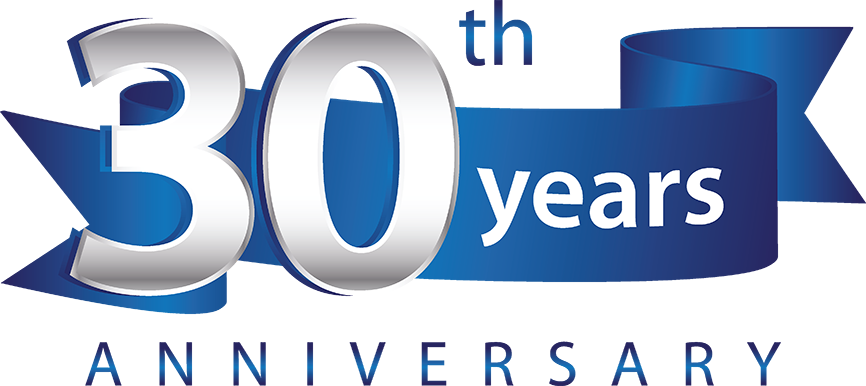101 Impeller Pitch, How Impellers Work & Choosing The Right Impeller
Impellers 101: Choosing the Right Impeller for Your Jet Ski or Jetboat
Choosing the right impeller can seem like a daunting task, but it doesn't have to be. An impeller is essentially a gear, much like those found on a motorcycle or bicycle. The right impeller can give you more power and a quicker hole shot, but choosing the correct size for your PWC, Jet Ski, or Jetboat and engine is crucial for optimal performance.
Your engine has a recommended wide open throttle RPM range, and most PWCs come with a stock impeller that hits within that range. However, for optimal performance, you want to run your impeller near the top of the range. To do this, you can change the impeller size by adjusting its pitch.
As a rule of thumb, for every degree of pitch change, RPMs will change approximately 400 RPMs. If you want to raise your RPMs, you should choose a lower pitch impeller. For example, going down to a 14/19 pitch impeller could raise your RPMs to about 7300, improving your hole shot but sacrificing top end speed.
However, it's important to remember that this rule of thumb isn't always exact. Varying degrees of pitch and switching impeller brands or manufacturers can affect RPMs differently. That's why it's crucial to understand that less pitch means more RPMs, while more pitch means less RPMs.
If you're looking for even more speed, aftermarket performance impellers are designed for specific engine combinations. Always go with the recommended impeller pitch for your stock or modified engine for optimal performance.
In conclusion, choosing the right impeller for your Jet Ski or Jetboat is a simple process once you understand the basics of how impellers work. By adjusting the pitch, you can find the size that will give you the best overall performance, and with the right brand and combination, you can achieve even greater speeds.
Choosing the right impeller can seem like a daunting task, but it doesn't have to be. An impeller is essentially a gear, much like those found on a motorcycle or bicycle. The right impeller can give you more power and a quicker hole shot, but choosing the correct size for your PWC, Jet Ski, or Jetboat and engine is crucial for optimal performance.
Your engine has a recommended wide open throttle RPM range, and most PWCs come with a stock impeller that hits within that range. However, for optimal performance, you want to run your impeller near the top of the range. To do this, you can change the impeller size by adjusting its pitch.
As a rule of thumb, for every degree of pitch change, RPMs will change approximately 400 RPMs. If you want to raise your RPMs, you should choose a lower pitch impeller. For example, going down to a 14/19 pitch impeller could raise your RPMs to about 7300, improving your hole shot but sacrificing top end speed.
However, it's important to remember that this rule of thumb isn't always exact. Varying degrees of pitch and switching impeller brands or manufacturers can affect RPMs differently. That's why it's crucial to understand that less pitch means more RPMs, while more pitch means less RPMs.
If you're looking for even more speed, aftermarket performance impellers are designed for specific engine combinations. Always go with the recommended impeller pitch for your stock or modified engine for optimal performance.
In conclusion, choosing the right impeller for your Jet Ski or Jetboat is a simple process once you understand the basics of how impellers work. By adjusting the pitch, you can find the size that will give you the best overall performance, and with the right brand and combination, you can achieve even greater speeds.
